Museum solutions
2021-01-19 Frequency:0
Basic requirements for museum lighting
With the continuous upgrading of the LED light source industry, it has a great impact on the lighting of each application field.
In museum lighting, there are different requirements for illumination uniformity, glare, color temperature, color rendering and illumination. It is necessary to use the general lighting to achieve the uniform illumination of the whole scene, but also use local lighting to highlight the exhibits, create different visual effects, so that the audience better appreciate the exhibits.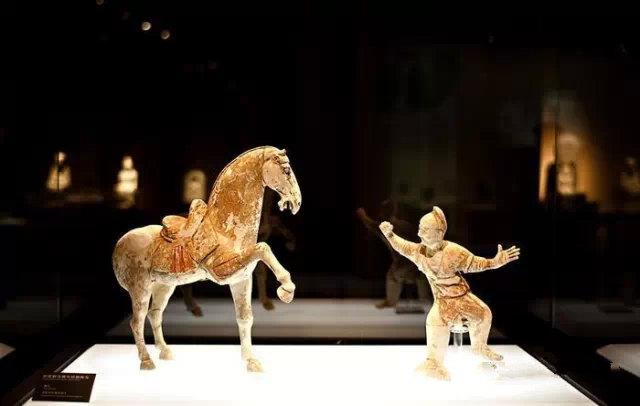
At the same time, not only to provide a good visual environment to the audience, but also to the collection of optical radiation damage reduced to the lowest level, to achieve safe and reliable, affordable, advanced technology, energy saving and convenient maintenance requirements.
LED products are suitable for museum lighting
As we know, when the exhibits are exposed to light, they receive both heat and ultraviolet radiation. In addition, it is necessary to control the light intensity, especially the light sensitive items, the need for low light exposure or control exposure time.
Because LED lighting low energy consumption and has ultraviolet and infrared components is extremely low, can meet the functional requirements of lighting in the museum, including shape, color and texture features by lighting exhibits correctly, while controlling glare and shadow, prevent the exhibits from heat radiation and ultraviolet radiation damage. In addition, the dimming function of LED makes the control of illumination relatively easy. Therefore, LED products, for museum lighting, is a very suitable choice.
In addition, the spectral characteristics of the LED light source can also enhance the beauty and atmosphere of the display.
The limitations of traditional illuminance temperature curve
Kruithof, an internationally renowned scholar, has proposed a combination of color temperature and light intensity, which is desirable for illumination.
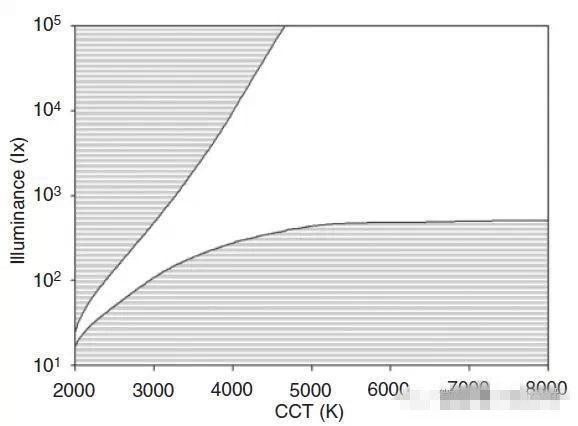
Figure: Kruithof illuminance temperature curve
However, the study used incandescent light, sunlight from the window and fluorescent light of these traditional light sources. It can be seen from the graph that the combination of high illumination, high color, low illumination and low color temperature is more enjoyable.
Since the maximum illumination of museum lighting is limited by the maximum illumination CIE (200lx), it is difficult to apply directly to the museum lighting.
Illuminance temperature curve in museum lighting
Application of LED in Museum lighting:
Recently, Zhejiang University color Engineering Center experts in order to get comfortable in the museum lighting illumination and color combination, make several observers on 6 pieces of art selected in different color temperature and illumination under the combination of visual evaluation.
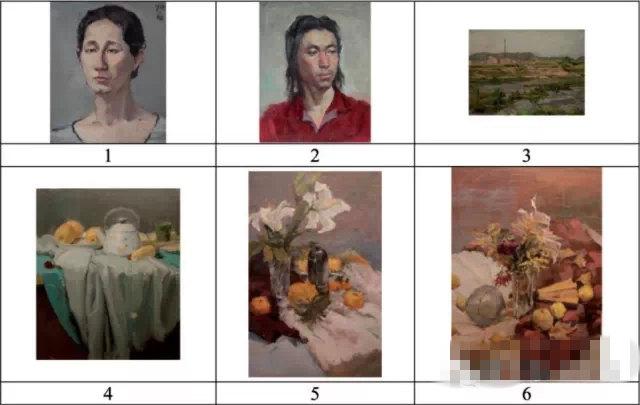
14 groups of indexes were used in the evaluation:
1, high contrast - low contrast
2, warm - cold
3, bright - Dark Fuzzy
4, clear -
5, bright - monotone
6, natural - not natural
7, high - low quality
8, positive - negative
9, relax tense
10, soft - hard
11, dramas - commercial atmosphere
12, vivid - boring
13, comfortable - uncomfortable
14, pleasure - no pleasure
Test lighting source by using a multi channel LED THOUSLITE LEDCube lighting lamp, the light source with adjustable output any color and illumination.
4 kinds of color temperature by experiments were 2850K, 4000K, 5000K and 6500K, 3 kinds of illumination used were 50Lux, 200lux and 800lux.
The lowest and the highest temperature corresponding to CIE standard illuminant A and standard illuminant D65, provisions of Museum exhibition range and the lowest and highest intensity respectively correspond to the definition of CIE. All of the lighting sources have a high color rendering index.
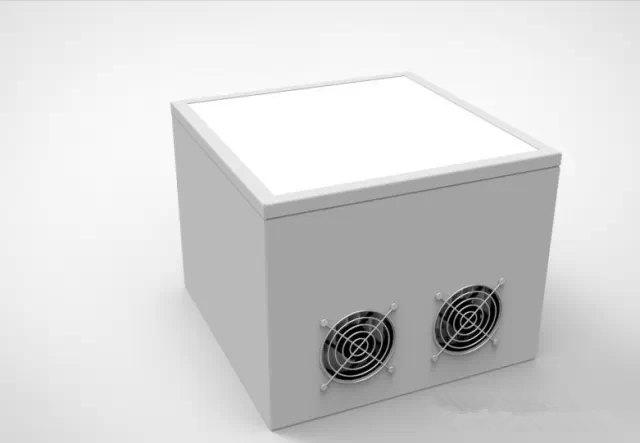
Figure: LED with multi-channel lighting THOUSLITE LEDCube
Research results show that: with the temperature becomes higher, the observer will have more cold perception; illuminance increases can make the environment more bright; influence of illumination on the museum lighting is greater than the temperature of the. At about 200lux of moderate illumination and 3500K of low color temperature illumination, observers have a positive perception of most of the evaluation indicators in the study. In general, the color temperature changes in the range of 2850K-4000K and illumination changes in the range of 200lux -800lux can create a comfortable and pleasant LED lighting environment in the museum.
Comfort, vividness and clarity
In addition, in the museum during the visit, the museum lighting comfort (Comfort), flexible and vivid (Vividness) and clarity (Definition) visual perception of the observer is particularly important.
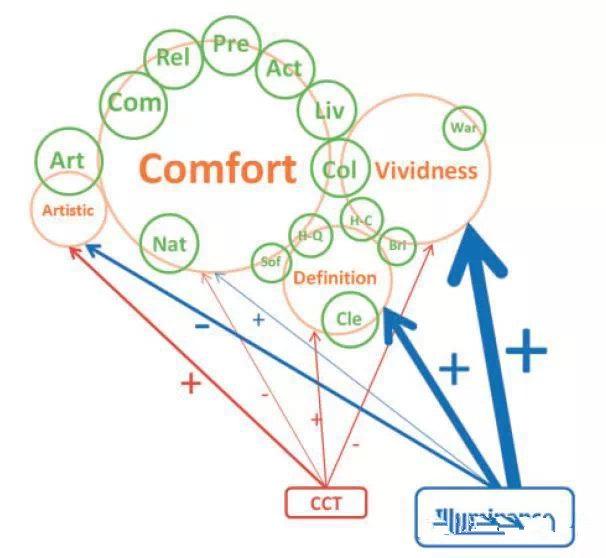
As shown above, increase the intensity of illumination can increase comfort, vivid and clarity, lower illuminance can increase the art exhibition; color temperature will increase clarity and enhance the artistic quality, reduce the temperature can enhance the comfort and flexible and vivid.
Due to different exhibits different illumination requirements, according to the above rules can be flexibly customized.
-
Previous
No more
-
Next
No more